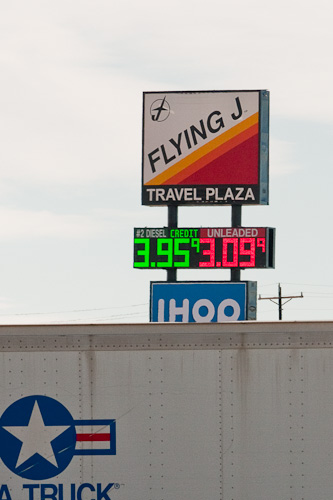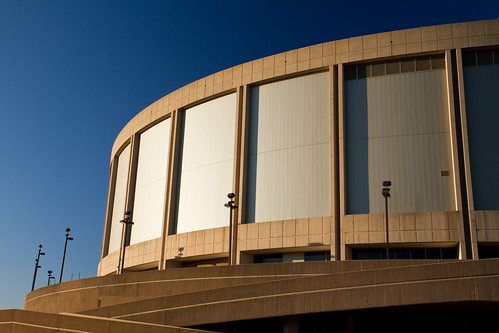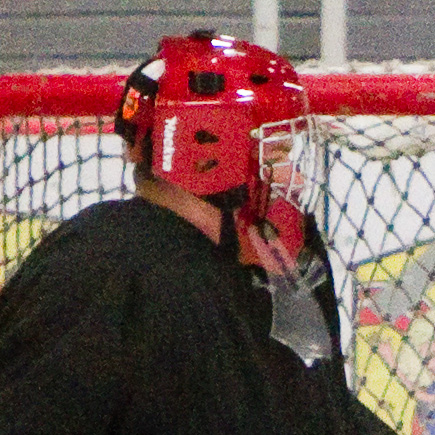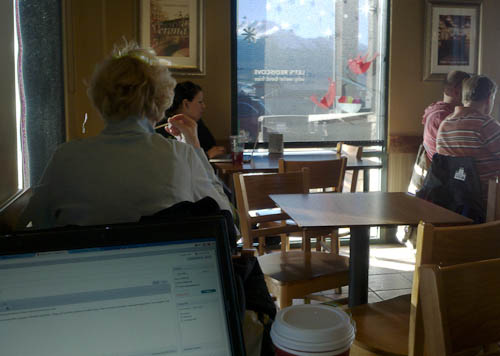On Adventure
I was getting caffeinated with my friend Stu in Peoria, Illinois earlier in the trip when the topic of adventure came up. We commiserated about how quite often we required some sort of catalyst to experience those crazy story-worthy times.
Engineers tend to suck at adventure. Adventure is what happens when things go sideways, and engineers try to avoid that. Engineers train over and over again in school and industry to manage risk, pay attention to details, and plan for the future. Engineers aren’t going to run out of fuel in the middle of nowhere unless doing so is a deliberate part of a plan.
To quote the early 20th Century explorer William Morden:
“Contrary to popular impression, most of those who go into distant and little known areas or who collect specimens in far places, are not impelled by a desire for “adventure.” I do not mean that they do not enjoy pitting themselves against and overcoming difficulties encountered. What I mean is that their purpose is to procure their information and collect their specimens with as little labor, as little danger, and as little “adventure” as possible. I have heard several explorers say that, if they find themselves facing a situation against which they have not prepared and which seems likely to bring their work and possibly their lives to an end, then they have been guilty of an error. Carefulness in making plans and in working out the major details of a project should cover every contingency, so that, should danger arise, and expedition will have within itself means of eliminating or overcoming the difficulty.”
While a lack of adventure was desirable for Mr. Morden, it’s a horrible way to come up with compelling material to share.
One of my greatest fears about the trip was that I would end up making it boring. I would plan and prepare to excess, execute successfully, and be left with nothing to put in a book except white space. I would complete the trip with minimal risk, but I wouldn’t see much. That would be like business travel without the hard-partying marketing department. How boring.
Trips need spice! I resolved to kick mine up a notch, even beyond the hockey-everywhere aspect.
- Walking around Las Vegas in all of my goalie gear? Done!
- Taking my friend Alex up on an offer to do a yoga class in Iowa? Did that too!
- Adding Hawaii into the trip on about 10 days notice? Yup! (The Aloha State wasn’t part of the original plan.)
- Getting my skates sharpened by over a dozen strangers? Oh yes. (And if you don’t think that’s an adventure, obviously you’re not a hockey player.)
I will concede that there were moments of weakness. There were states in which I squandered my time: I drove in on the freeway, played hockey, spent most of the rest of the time in my mid-tier hotel room, and drove out on the freeway. I am not perfect.
However, I am glad to have recognized those moments of creeping complacency and corrected course by putting myself into uncomfortable situations.
I turned left on purpose when I was supposed to turn right. I reconnected with old friends and made new ones. I learned about myself and came to no longer fear certain truths. And I got a few stories out of it all, more even than I’ve shared here.
What was my catalyst? The knowledge that I would have to share what I saw and did, and that to say, “I did nothing” would be an embarrassing waste.







Recent Comments